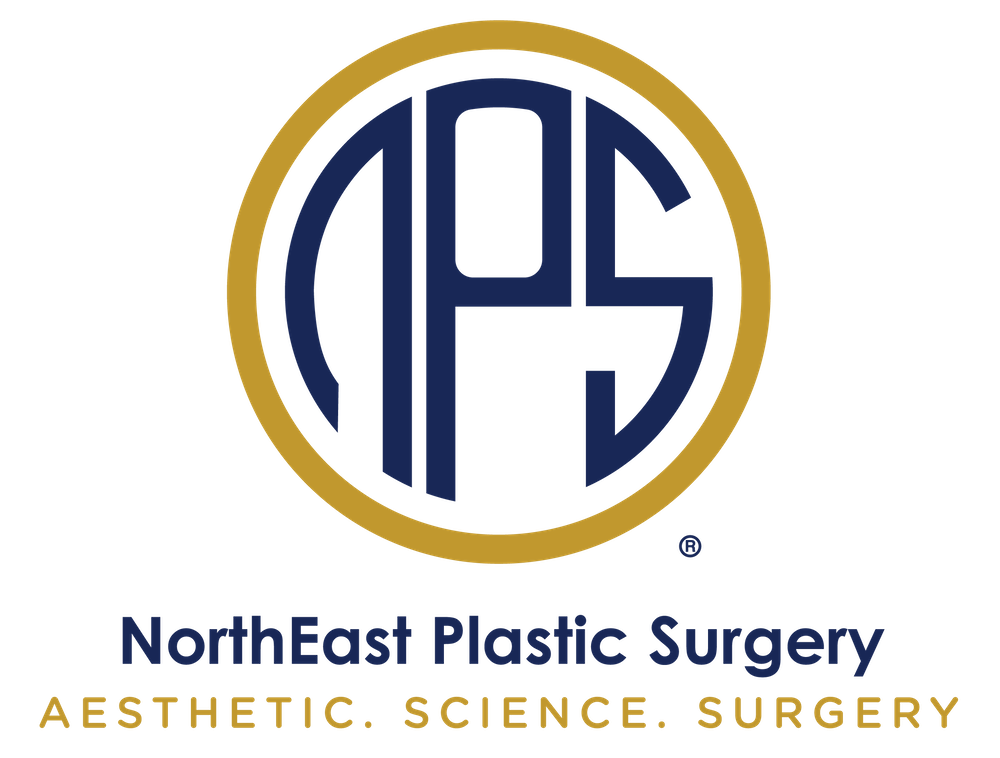Our eyes are key to how we communicate – they show if we are happy, sad, tired and can be a give away if we are being less than truthful. As we age, the skin around our eyes can begin to wrinkle and droop.
Blepharoplasty surgery includes procedures of the upper and lower eyelids which can result in improved appearance and rejuvenation of the eyelids and therefore result in a refreshed overall appearance. It can also address visual obstruction from excess upper eyelid skin and can improve the appearance of the lower eyelid laxity and fat bulging under the eyes which can result in the appearance of grooves under the eye which are sometimes referred to as "tear troughs".
Upper Blepharoplasty
Typically, patients seek upper blepharoplasty surgery to reduce excess upper eyelid skin which can lead to droopy or puffy eyelids and can contribute to a “tired” or “sad” appearance. In addition, the fatty tissue which can contribute to the appearance of “puffiness” and loss of definition of the upper eyelid crease is also addressed. In patietns whose vision is impaired by the excess upper eyelid skin resulting in the sense of a “curtain” over their eyes, blepharoplasty surgery can result in profound visual improvement.
Blepharoplasty surgery results in removal of excess skin and fat, increasing definition of the upper eyelid crease and visibility of the upper eyelid skin below the crease. As such, it not only optimises the appearance of eye makeup but in addition, may make the eyes appear deeper set, contributing to a rejuvenated appearance.
In circumstances where the eyebrow complex may also have descended, elevation of the eyebrow with a forehead or “brow” lift operation may be required to reposition the eyebrow and to optimise the result of blepharoplasty surgery. This may be performed in conjunction with blepharoplasty or as a separate procedure.
Lower Blepharoplasty
Typically, patients request lower blepharoplasty surgery to address laxity of the lower eyelid and fatty tissue herniation that results in the appearance of “eye bags” and hollow or “tear trough” deformities. Rejuvenation of the lower eyelid is achieved by minimal removal of skin, management of herniated fatty tissue and optimisation of the structural tone of the lower eyelid complex.
The procedure is typically day surgery and whilst the procedure is occasionally performed under local anaesthetic, it is most commonly performed under general anaesthetic administered by Specialist Anaesthetists in an accredited hospital. At the time of discharge, appropriate pain medication and antibiotics will be dispensed. Ice packs are used for 48 to 72 hours post operatively and patients are encouraged to maintain their head in an elevated position with pillows at night to minimise bruising and swelling.
In general, soft tissue swelling and bruising improves over the first week to the extent that patients are able to return to work. Whilst improvement in appearance can typically be appreciated within 1-2 weeks, the swelling continues to improve for six to eight weeks and may take several months to subside completely. Driving a motor vehicle can typically commence when patients have ceased pain medication and when vision is unimpeded which is usually 5 days after surgery. Strenuous exercise can be resumed at around four to six weeks. It is important to avoid trauma by being knocked or accidentally hit for six weeks after surgery.
When you consult with your Surgeon it is important that you discuss your expectations and understand the potential limitations of those expectations which may include skin quality and excess, structural integrity of the lower eyelid, the degree of fatty tissue herniation and eyebrow position. Your Surgeon will discuss the procedure with you in regard to potential risks and complications of blepharoplasty surgery in addition to surgical options for management of the eyebrows which together with the upper and lower eyelids contribute to the cosmetic appearance of the upper face.
During the consultation your Surgeon will make an assessment of not only your eyelid skin excess and fat herniation in addition to lower eyelid structural tone. Discussion will include procedures which may be necessary to address loss of lower eyelid tone in addition to placement of scars which are typically under the lower eyelashes (subciliary) where eye liner is applied or internally within the lower eyelid (transconjuctival).
Patients who have a tendency to dry eyes or tearing may experience temporary exacerbation of these conditions after surgery and it is not advisable to wear contact lenses for two weeks after blepharoplasty surgery.
It is important that the Surgeon is made aware of previous surgery and history of scarring, along with your medical history, including visual problems.
The cost of an initial consultation with a Surgeon to discuss your procedure is $140. A portion of this cost may be claimed from Medicare if you have a referral from your GP. During your consultation with a Surgeon of NorthEast Plastic Surgery - Mr Patrick Tansley or Dr Sugitha Seneviratne, you will be given a personalised quote for your surgery.
If you are considering blepharoplasty and have questions you would like to ask, or if you would like to book a confidential consultation with one of our highly qualified, experienced surgeons to see what can be achieved for your individual needs, simply click below or call (03) 9088 5000 for Melbourne or (07) 3180 3400 for Brisbane.
NorthEast Plastic Surgery has been designed to offer a bespoke and unrivalled cosmetic plastic surgical service of superlative standard and quality. Dr Seneviratne and Mr Tansley share their Australian and British plastic and cosmetic surgery experience in these educational articles.
E: melbourne@northeastplasticsurgery.com.au
T: (03) 9088 5000
F (03) 9088 5001
P 0411865055
(paging service for after hours emergencies only)

Essendon practice
53 Fletcher Street
Essendon
Vic 3040
Onsite parking and tram service (59) to the premises

St Vincents Private Hospital Consulting Suites
5 Studley Avenue,
Kew
Vic 3101
Onsite parking to the premises
